Magnum photographer Newsha Tavakolian speaks to Sara Kazemimanesh from her studio in northwestern Tehran: a repurposed common room in the basement of the residential complex where she used to live.
While I am unable to interview her in person, I have no trouble imagining myself walking down the stairs to sit at the red table in the center. We speak in Farsi, our native language, as she makes coffee at her makeshift coffee station in the corner before joining me for our chat.
Floor-to-ceiling windows on one side let the daylight in and are sometimes rattled by powerful gusts of wind. A little imperfect glass jar with frequent visits from curious neighborhood cats and other residents who occasionally take a moment to peek through the tinted glass.
She is admittedly “a very private person,” but she chooses to keep her studio open with the blinds up, like a ship in the dark: “I want people to see that the light is on and there is someone here, working; life goes on.”
Our conversation revolves around her recent solo exhibition as the first recipient of the newly established Deloitte Photo Grant. In And They Laughed at Me, which opened on December 13 in Milan at the Museo delle Culture, Tavakolian critically examines a collection of photographs that she took during the first three years of her career, from 1996 to 1999. However, the project is a significant diversion from her technically meticulous approach to image selection, as she has only included photos that are flawed in some way. In stark contrast to the high-resolution crisp photographs that she normally produces, these images contain “mistakes” made by her, her subjects, photo lab technicians, and her camera. Overexposed scenes, wayward frames, and blinking subjects have compiled into a once obscure treasure that she has now recovered from her archive.
It is a full-circle moment in her career, as her initiation into the world of professional photography was through the archive. As a teenage high school dropout, Tavakolian’s inquisitive mind propelled her into an extremely volatile and ruthless world of politics, as the formative years of her career coincided with popular reformist president Khatami’s election into office. His two consecutive terms in office were marked by relative openness in the cultural sphere of Iran, a bright prospect for the millions of post-revolution baby boomers like Tavakolian herself. However, the collective surge in hopefulness was not all that she experienced during this time, as waves of political conflict, the undue crackdown of student protests, and the shutting down of newspapers — including the Zan daily paper where she worked — complicated her perspective. “I grew up quicker than others, but I refused to let my work be used for any political agenda.”
Read the full article on magnumphotos.com
visit the accountability section
In this section of Iran Wire, you can contact the officials and launch your campaign for various problems




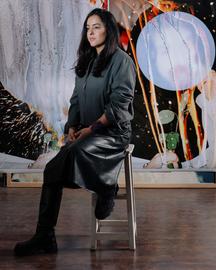


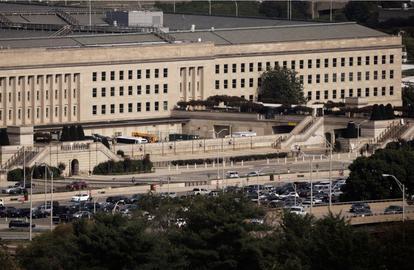




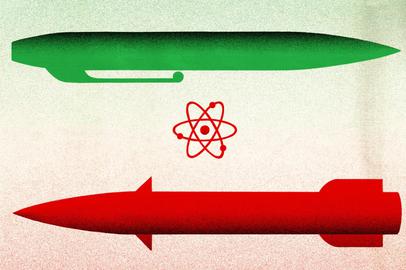
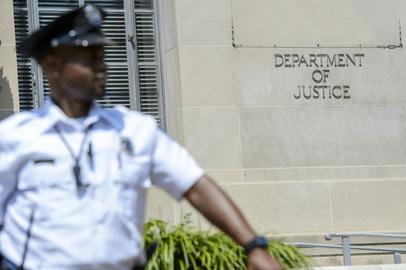
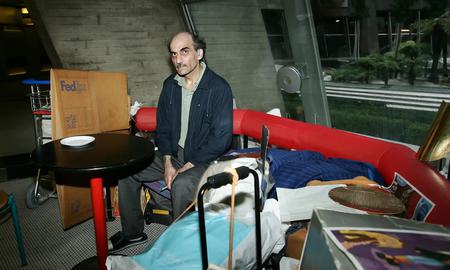





comments